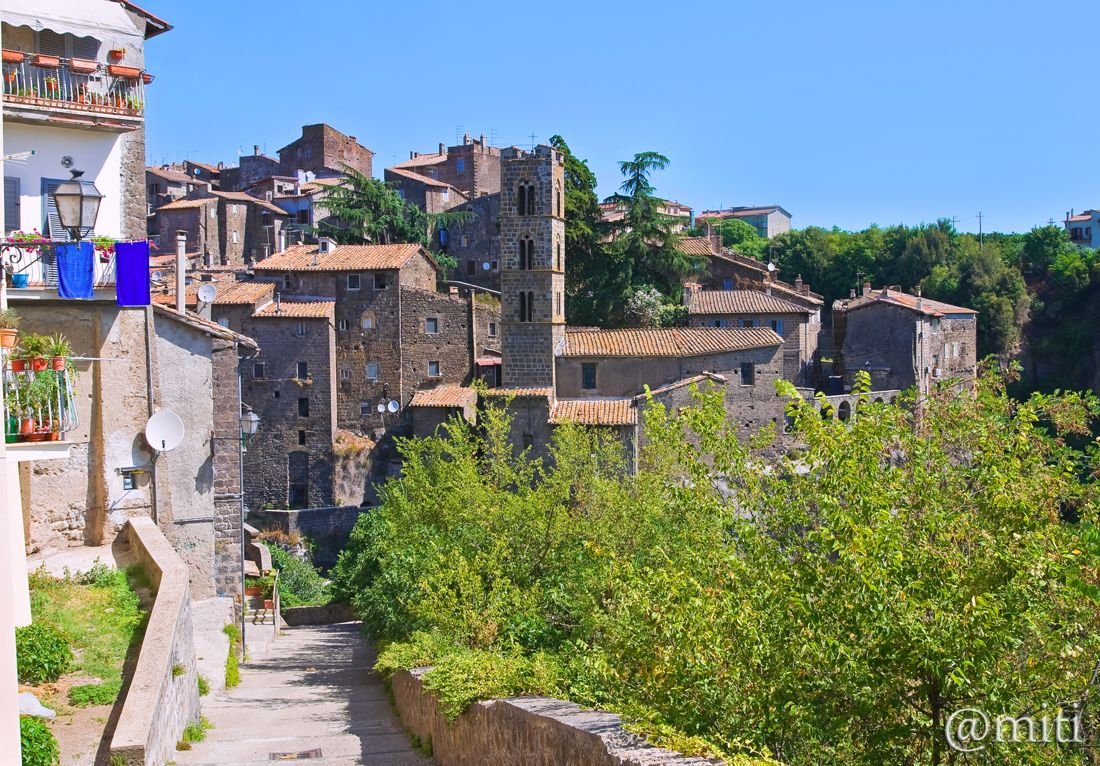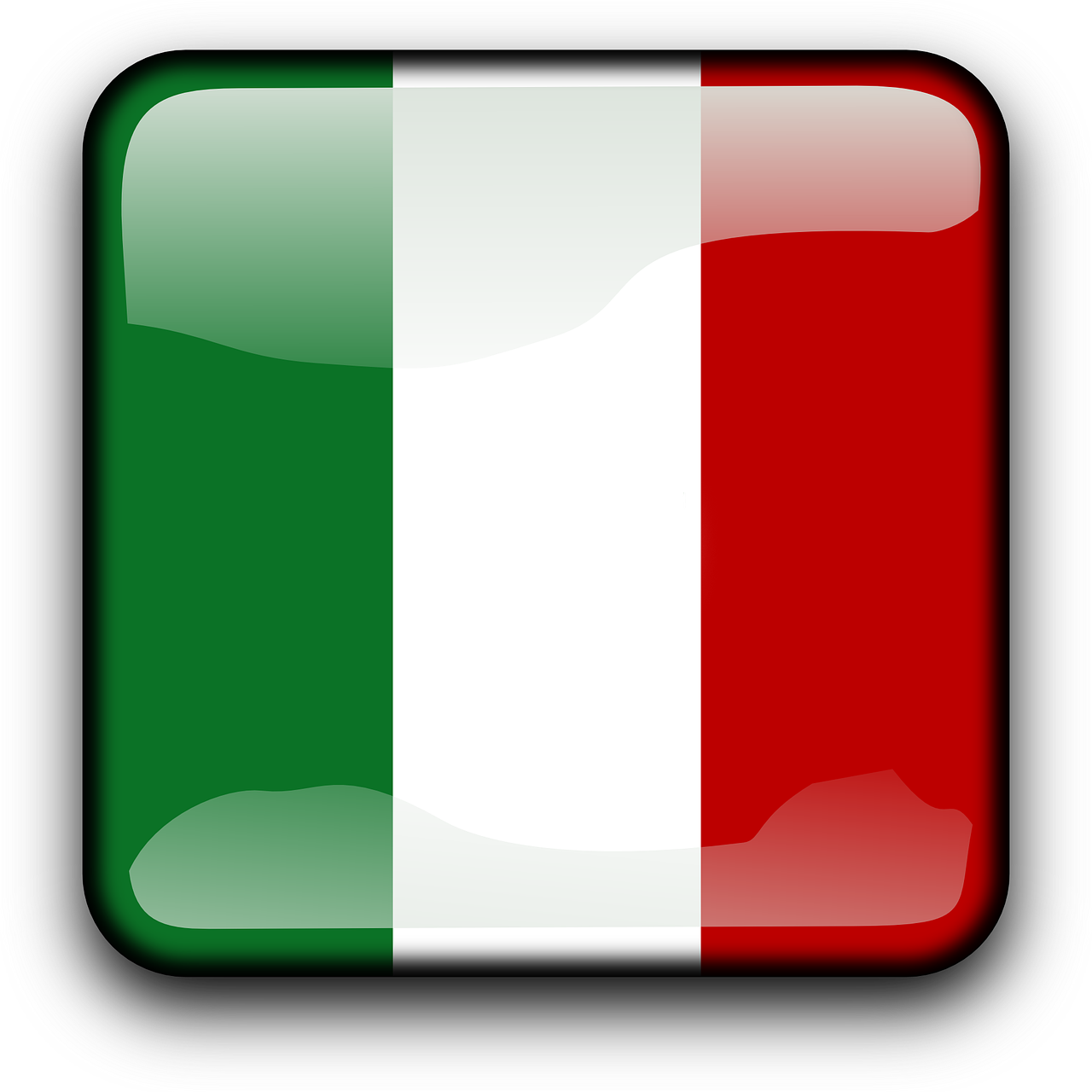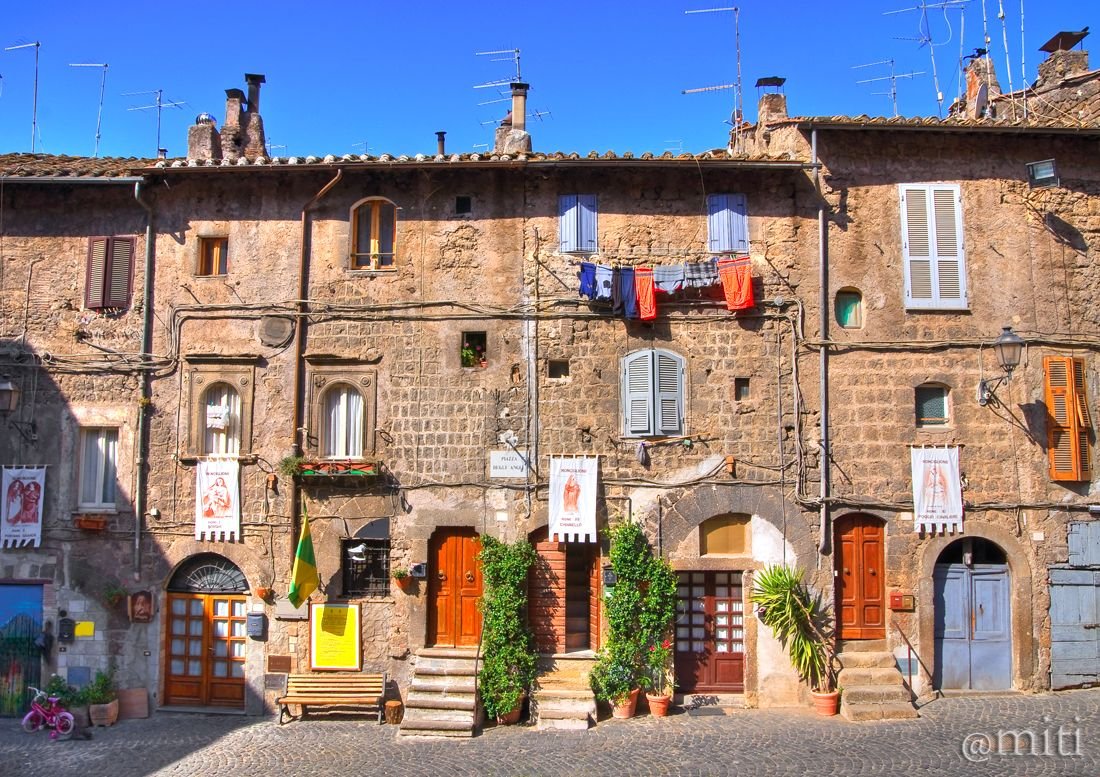
Vista panoramica del borgo (Immagine dell'autore - tutti i diritti sono riservati)
A panoramic view of the Old Town (Author's photo - All rights reserved)



Ciao a tutti,
questo è un viaggio attraverso l'Italia. Posterò una foto al giorno con una brevissima descrizione.
Spero vi piaccia!

Ronciglione è un comune in provincia di Viterbo, nella regione centro-italiana del Lazio. Le origini del borgo medievale risalgono agli insediamenti etruschi di cui esiste ancora una traccia nel piccolo cimitero della zona.
Ronciglione era un piccolissimo insediamento etrusco e romano; acquisì importanza durante il Medioevo perché era facilmente difendibile e perché si trovava lungo una delle rotte utilizzate dai pellegrini per raggiungere Roma.
La costruzione del borgo di Ronciglione è attribuita ai prefetti di Vico, che presero il nome dal lago nel territorio da loro dominato per secoli.
Nel XVI secolo papa Paolo III (Farnese) si unì alla contea di Ronciglione al ducato di Castro; durante questo periodo la città conobbe un periodo di grande splendore rinascimentale e una revisione urbanistica. I grandi monumenti che ancora oggi ammiriamo, tra cui la Fontana Grande, la Chiesa della Pace e Porta Romana, furono costruiti all'epoca.
La porta meridionale del nucleo medievale di Ronciglione fu posta in posizione nascosta e protetta da una torre circolare; la porta settentrionale (distrutta) in cima alla collina era protetta da un piccolo castello; due strade parallele, che hanno mantenuto la maggior parte del loro aspetto medievale, collegavano le due porte. Nella seconda metà del XV secolo papa Sisto IV rafforzò il castello nella parte superiore della città. La costruzione di torri rotonde anziché quadrate è stata suggerita dai primi studi di ingegneria su come i muri circolari avrebbero resistito all'effetto delle palle di cannone.
In quegli stessi anni si consolidò la tradizione del carnevale che rappresenta ancora uno dei momenti più importanti per la cittadinanza e per l'intera popolazione della Tuscia.
Cose da vedere: Il centro storico, il Castello, Il Duomo, La chiesa di Santa Maria della Provvidenza, Le rovine della chiesa di Sant'Andrea, la Chiesa di Santa Maria della Pace, La Basilica di Sant'Eusebio, Fontana Grande, Porta Romana, Lago di Vico.

Hello everyone,
I began a Photo Journey through Italy. I will post one photo every day with a little note of explanation.
I hope you like it!

Ronciglione is a town in the province of Viterbo, in the Central Italian region of Lazio. The origins of the Medieval village date back to the Etruscan settlements of which there still is a trace in the small cemetery of the area.
Ronciglione was a very minor Etruscan and Roman settlement; it acquired importance during the Middle Ages because it was easily defensible and because it was located along one of the routes used by pilgrims to reach Rome.
The construction of the village of Ronciglione core is attributed to the prefects of Vico, who took their name from the lake in the territory that they dominated for centuries.
In the sixteenth century Pope Paul III Farnese joined the county of Ronciglione to the Duchy of Castro; during this period the town experienced a period of great Renaissance splendor and a urban planning revision. The great monuments that we still admire today, including the Fontana Grande, the Church of Peace and Porta Romana, were built at the time.
The southern gate of medieval Ronciglione was placed in a hidden position and it was protected by a round tower; the (lost) northern gate at the top of the hill was protected by a small castle; two parallel streets, which have retained most of their medieval appearance, linked the two gates. In the second half of the XVth century Pope Sixtus IV strengthened the castle at the top of the town. The construction of round rather than square towers was suggested by the first engineering studies on how best walls would withstand the effect of cannonballs.
In these same years it was consolidated the tradition of the carnival that still represents one of the most important moments for citizenship and for the entire population of Tuscia.
Thing to see: The historical center, the Castle, The Cathedral, The church of Santa Maria della Provvidenza, The ruins of the church of St. Andrew, the Church of Santa Maria della Pace, The Basilica Church of Sant'Eusebio, Fontana Grande, Porta Romana, Lake of Vico.

| Tipo di foto / Category | Paesaggio / Landscape view |
| Esposizione / Settings | 1/200 sec, ISO 200, f/10 |
| Camera | Nikon D5000 |
| Lente / Lens | Tamron SP 17-50mm f/2.8 XR Di II LD |
| Filtro / Filter | Polarizzatore Hoya / Hoya Polarizing filter |
| Cavalletto / Tripod | Manfrotto MKC3-P01 |
| Località / Location | Ronciglione (Viterbo), Italia |
| Software | Photoshop / HDR |


